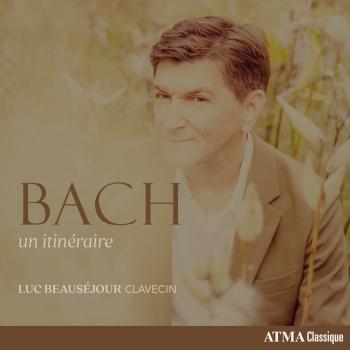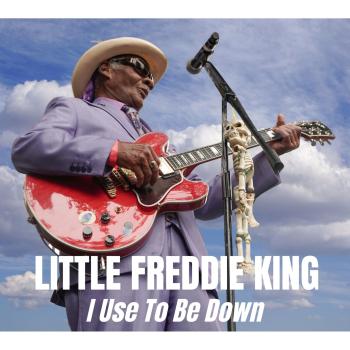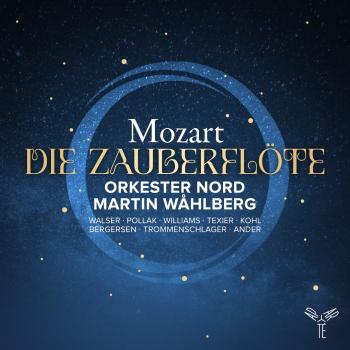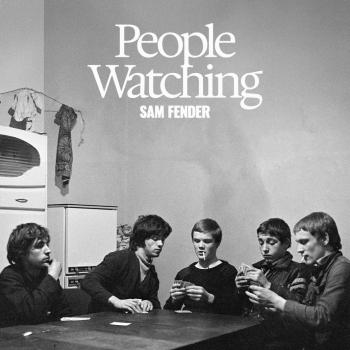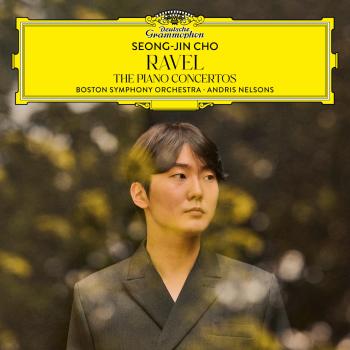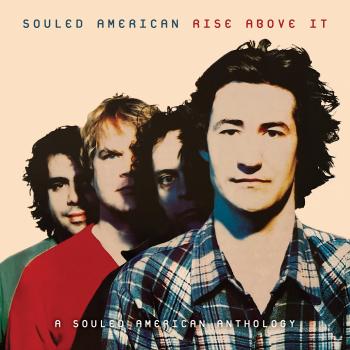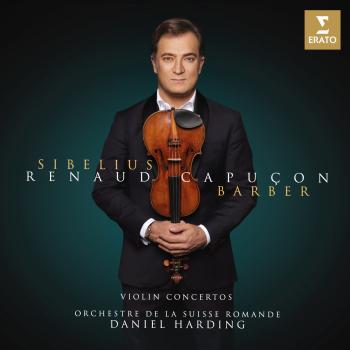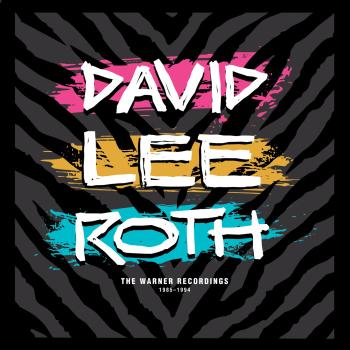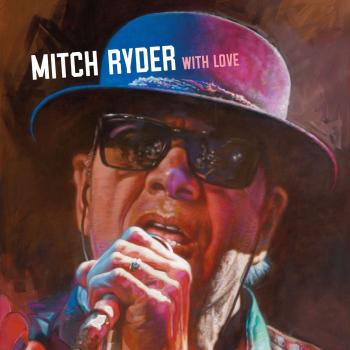
Lovers Nels Cline
Album info
Album-Release:
2016
HRA-Release:
04.08.2016
Label: Blue Note
Genre: Jazz
Subgenre: Mainstream
Artist: Nels Cline
Composer: Nels Cline, Gabor Szabo, Wayne King, Victor Young, Egbert Van Alstyne, Haven Gillespie
Album including Album cover
I`m sorry!
Dear HIGHRESAUDIO Visitor,
due to territorial constraints and also different releases dates in each country you currently can`t purchase this album. We are updating our release dates twice a week. So, please feel free to check from time-to-time, if the album is available for your country.
We suggest, that you bookmark the album and use our Short List function.
Thank you for your understanding and patience.
Yours sincerely, HIGHRESAUDIO
- 1 Introduction / Diaphanous 04:23
- 2 Glad To Be Unhappy 04:07
- 3 Beautiful Love 04:02
- 4 Hairpin & Hatbox 03:36
- 5 Cry, Want 06:58
- 6 Lady Gabor 08:32
- 7 The Bed We Made 03:32
- 8 You Noticed 04:06
- 9 Secret Love 04:32
- 10 I Have Dreamed 02:43
- 11 Why Was I Born? 05:07
- 12 Invitation 02:30
- 13 It Only Has To Happen Once 05:45
- 14 The Night Porter / Max, Mon Amour 08:17
- 15 Snare, Girl 06:38
- 16 So Hard It Hurts / Touching 06:56
- 17 The Search For Cat 02:37
- 18 The Bond 05:48
Info for Lovers
Journeyman virtuoso and Wilco guitarist Nels Cline shines on Lovers, a carefully orchestrated jazz opus 25 years in the making. Cline's new record spans 18 instrumental tracks that evoke vivid feelings of wistful romanticism and passion, and his guitar work is beautifully expressive throughout.
The expansive double album features an ensemble of 23 musicians conducted by Michael Leonhart. The production is superb, allowing each instrument to be heard distinctly without becoming overbearing. There's a wonderful air of intimacy throughout Lovers, which is an impressive achievement for such a vast array of instruments.
Nels Cline has been living with Lovers for a long time. “I first thought of it in the ‘80s,” he says. “I would sit on airplanes and make lists of songs, add things and cross things out and make arrows. I always wanted the record to be a somewhat dark and disturbing ‘mood music’ record. My idea was that it would reflect some less-traveled aspects of the idea of romance, love, and sex. It’s gotten a little more upbeat and more varied over time. It has a lot more light in it—as does my life, I suppose, at this point.”
Not that Cline, named by Rolling Stone as one of the “100 Greatest Guitarists of All Time,” has had a shortage of things to do. He has led various groups of his own, most consistently the avant-garde ensemble the Nels Cline Singers, and appeared as a guest or feature player on more than 200 albums. In addition, for the last dozen years, he’s been a full-time member of the acclaimed rock band Wilco.
Yet the idea for a “mood music” project that tapped into the sensual, atmospheric sound and feel of a bygone era never stopped calling to him. After bringing it up with various record companies over the years, it was finally Cline’s friend, poet/producer/protagonist David Breskin, who kept on him about the concept, eventually helping to secure the funding that would make such an ambitious work possible. When Cline met composer/arranger Michael Leonhart, he found a kindred spirit who keyed into such inspirations as Gil Evans, Quincy Jones, Gary McFarland, Johnny Mandel and Henry Mancini, and who Cline believed could help translate the grand dreams inside his head.
“I was too daunted by the task,” says the guitarist. “I would have been better at attacking it myself had I done it sooner, but I think it had been built up in my mind way too much. As Michael and I were hanging out, I just knew that he understood what the palette was and what the moods were—that I didn’t want a lot of saxophones, I wanted clarinets and flutes, and that the material was going to be very wide-ranging.”
Some of Cline’s initial selections (“Secret Love,” Jimmy Giuffre’s “Cry, Want”) tenaciously stayed on the list. Other songs—from sources as diverse as Sonic Youth, Rodgers and Hammerstein, and Gabor Szabo—plus five of Cline’s own compositions, made their way onto the Lovers line-up over time. Even though they weren’t to be sung, a song’s lyrics were of great importance to Cline. Finally, the team of Cline, Breskin, and Leonhart assembled a group of 23 stellar musicians along with recording engineer Ron Saint Germain to record for five full days, plus an additional day of adding strings and harp. And when Cline looked at all they had accomplished, he discovered layers of meaning that he never anticipated.
“When I put it all together, it started to make more sense,” he says of the 18-track double album. “Before that, it seemed almost absurd in its sprawl. But I saw that, in addition to this specific aesthetic that I feel great love for, it had started to go down an almost chronological path of musical awareness in my own life. First, my awareness of Bill Evans or John Abercrombie, and then, as it gets later in the program, things that represent more of the ‘80s and ‘90s come in, and that’s when I start to bring in some of the darker elements as well.
“And then it ends with a piece [“The Bond”] dedicated to my wife—I wasn’t initially thinking it was going to end the record, but if that piece is there, it has to be last. So it became this weird timeline of my aesthetic life, and an emotional story.”
The primary objective of Lovers never really wavered since its initial conception: exploring the frisson resulting from the juxtaposition of the theme from the controversial, transgressive film The Night Porter with something as mellifluous as “I Have Dreamed” from The King and I. (“It always seemed like a bit of a balancing act that I wasn’t sure I could pull off,” says Cline.) But he notes that the final song choices also honor a lifetime of friends and inspirations.
“Jim Hall and I became friends in the last few years, and ‘Secret Love’ was really a tribute to him,” he says. “Doing Sonic Youth’s ‘Snare, Girl’ is a tribute to Sonic Youth, of course, but also makes me think of Bollywood music, and of ‘Moonlight Mile’ by the Rolling Stones, for those strings. ‘It Only Has to Happen Once’ by the Ambitious Lovers—I love Arto Lindsay and he’s a big influence on my guitar playing, but that’s also an homage to Marc Ribot, and to how much I was following the scene in New York in the ‘70s, ‘80s, and ‘90s. So once we knew what the pieces were, I realized this wasn’t just a random collection of obsession and inspiration, it was a cool musical program with its own kind of internal logic.”
Cline expresses a special passion for “The Search for Cat,” a Henry Mancini composition from Breakfast at Tiffany’s that wasn’t on the soundtrack, didn’t even have a title, but was a music cue in the film that he was infatuated with. “On the record, that’s the piece that catapults you into my real idea of what the record is,” he says. “It has a certain drama, rather than just sweetness or a wan sensibility or feeling. That movie is extremely important to me and my family, and the music is so phenomenal, it’s the kind of writing that I aspire to myself.”
As Nels Cline prepares for a few, select live performances of the material on Lovers—first at the 2016 Newport Jazz Festival, and then next year at UCLA and SFJAZZ—he still sounds amazed that he has actually pulled off this decades-long quest. In the end, it was the recording of one of his own songs that convinced him he had delivered on his vision.
“When I heard a piece of mine called ‘Hairpin & Hatbox,’ and I heard the way Michael had orchestrated it, I thought ‘This is really happening!’,” he says. “It really sounds like a record from a certain time, yet it’s my piece. So I was surprised by my own music—and happily surprised that this was all coming out better than I could have dreamt.”
Whether Cline is convulsing through a solo that flirts with the edge of chaos alongside Wilco or his own expressive projects, his relentlessly exploratory approach has become something of a signature at a time when many guitarists sound interchangeable ' (Los Angeles Times)
'The world’s most dangerous guitarist“ (JazzTimes)
Nels Cline, guitar
Michael Leonhart, conductor, trumpet
Carla Kihlstedt, violin
Marika Hughes, cello
JD Parran, woodwinds
Charles Pillow, woodwinds
Doug Wieselman, woodwinds
Sara Schoenbeck, bassoon
Steven Bernstein, trumpet
Taylor Haskins, trumpet, valve trombone
Alan Ferber, trombone
Julian Lage, guitar
Yuka C Honda, keyboards
Devin Hoff, bass
Alex Cline, drums, percussion
Kenny Wollesen, vibraphone, marimba, percussion
Recorder and mixed by Ron Saint Germain
Produced by David Breskin
Nels Cline
is one of the most versatile, imaginative and original guitarists active today. Combining breathtaking technique with an informed musical intelligence, the self-taught Cline displays a mastery of guitar expression that encompasses delicate lyricism, sonic abstractions, and skull-crunching flights of fancy, inspiring Jazz Times to call him “The World’s Most Dangerous Guitarist.” Born in Los Angeles in 1956, his earliest musical influ- ences included Roger McGuinn, Jimi Hendrix, Jeff Beck, John Fahey and Duane Allman. Cline claims his most valuable music training came from his work with bassist/multi-instrumentalist Eric von Essen, with whom he performed as a duo from 1977 until von Essen’s untimely death in 1997. In the late 1970s, Cline formed the influential chamber-jazz group Quartet Music with von Essen, his brother, percussionist Alex Cline and violinist Jeff Gauthier.
This album contains no booklet.

